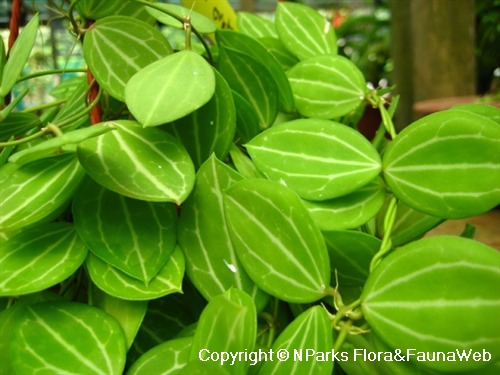.jpg)
Back
Dischidia nummularia R.Br.
| Family Name: | Apocynaceae |
| Synonyms: | Dischidia gaudichaudii Decne. |
| Common Name: | Pitis-pitis kecil, Daun pitis kecil, Button Orchid, 圆叶眼树莲 |
Name
Classifications and Characteristics
| Plant Division | Angiosperms (Flowering Seed Plants) (Dicotyledon) |
|---|---|
| Plant Growth Form | Climber, Epiphyte |
| Lifespan (in Singapore) | Perennial |
Biogeography
| Native Distribution | Singapore, India, Myanmar, continental Southeast Asia, Peninsular Malaysia, Sumatra, Java, Borneo, Philippines, Sulawesi, Moluccas, New Guinea, Solomon Islands, Australia |
|---|---|
| Native Habitat | Terrestrial (Primary Rainforest, Secondary Rainforest, Coastal Forest, Freshwater Swamp Forest) |
| Preferred Climate Zone | Tropical |
| Local Conservation Status | Native to Singapore (Least Concern (LC)) |
Description and Ethnobotany
| Growth Form | Slender creeping epiphyte often forming dense masses on trees on which it occurs. |
|---|---|
| Foliage | Leaves opposite, round, dull greenish-yellow, often thick and succulent, 7 mm – 10 mm in diameter. Young leaves occasionally with powdery bloom. |
| Flowers | Flowers white to yellowish-white, about 1 mm in length, occurring in umbels of 1 – 5 flowers. |
| Fruit | Hairless, pale green or yellow follicles occur singly or in pairs, hanging down from the stem (2 – 4 cm × 0.4 cm). They split open on one side when mature, releasing oblong seeds (1.5 – 2.5 × 0.4 – 0.7 mm). |
| Habitat | It grows on trees along the coasts, in mangrove, lowland and hill forests, and on limestone hills up to 550 m altitude. It can also be found on trees along roads, in villages and plantations. It occurs locally in Pulau Tekong and Pulau Ubin and many other sites on Singapore Island. |
| Associated Fauna | Its flowers are insect-pollinated. The fatty substances in the seeds provide food for ants. |
| Etymology | Greek dis, two; Greek askidion, ascidium, alluding to the leaves which in some species may or may not develop into pitchers; Latin nummus, resembling a coin, possibly referring to the plant’s tiny, nearly circular leaves. |
| Ethnobotanical Uses | Medicinal: The leaves are used to treat gonorrhea and tropical sores (aphthae tropicae). Its latex is used to ease the pain from the stings of spiny catfishes. |
Landscaping Features
| Landscaping | It can withstand hot, sunny, and high wind speed conditions, and is suitable for planting on roadside trees. |
|---|---|
| Desirable Plant Features | Ornamental Foliage |
| Landscape Uses | Suitable for Hanging Baskets, General, Parks & Gardens, Small Gardens, Coastal |
Fauna, Pollination and Dispersal
| Pollination Method(s) | Biotic (Fauna) |
|---|---|
| Seed or Spore Dispersal | Abiotic |
Plant Care and Propagation
| Light Preference | Semi-Shade, Full Sun |
|---|---|
| Water Preference | Little Water |
| Plant Growth Rate | Fast to Moderate |
| Rootzone Tolerance | Easy to Grow |
| Pest(s) | Sucking Insects |
| Propagation Method | Seed, Stem Cutting (Herbaceous) |
Foliar
| Foliage Retention | Evergreen |
|---|---|
| Mature Foliage Colour(s) | Green |
| Mature Foliage Texture(s) | Thick, Smooth |
| Foliar Type | Simple / Unifoliate |
| Foliar Arrangement Along Stem | Opposite |
| Foliar Attachment to Stem | Petiolate |
| Foliar Shape(s) | Non-Palm Foliage |
| Foliar Margin | Entire |
Floral (Angiosperm)
| Flower Colour(s) | White, Cream / Off-White |
|---|---|
| Flower Grouping | Cluster / Inflorescence |
| Flower Location | Axillary |
| Inflorescence Type | Umbel |
Fruit, Seed and Spore
| Mature Fruit Colour(s) | Yellow / Golden, Green |
|---|---|
| Fruit Type | Dehiscent Dry Fruit , Follicle |
References
| References | <1> Middleton, D.J. & Rodda, M. (2019). Apocynaceae. Flora of Singapore, vol. 13., Singapore: Singapore Botanic Gardens.
|
|---|
Image Repository
Others
| Master ID | 89 |
|---|---|
| Species ID | 1385 |
| Flora Disclaimer | The information in this website has been compiled from reliable sources, such as reference works on medicinal plants. It is not a substitute for medical advice or treatment and NParks does not purport to provide any medical advice. Readers should always consult his/her physician before using or consuming a plant for medicinal purposes. |

.jpg)
.jpg)
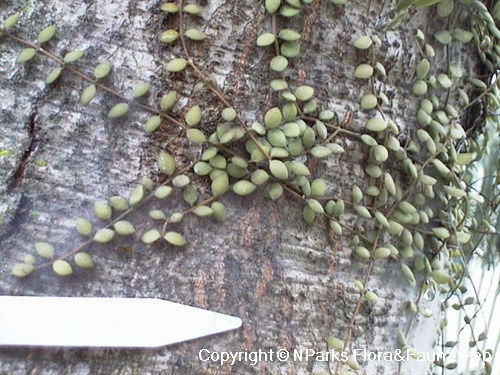
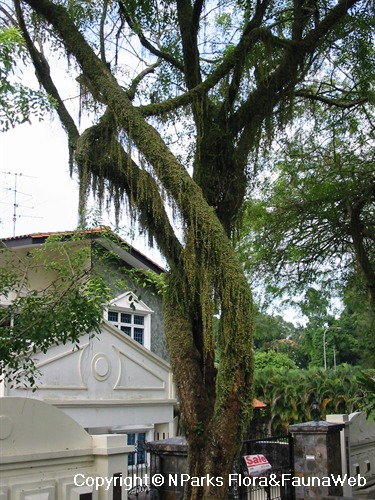
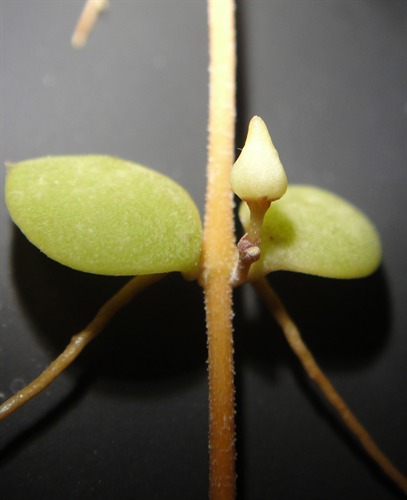
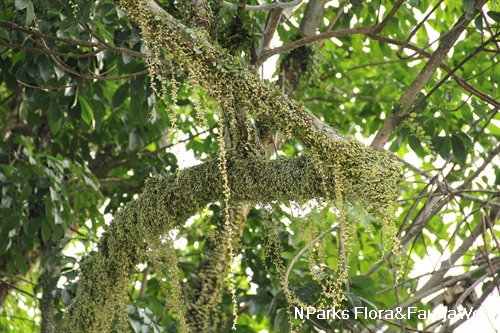
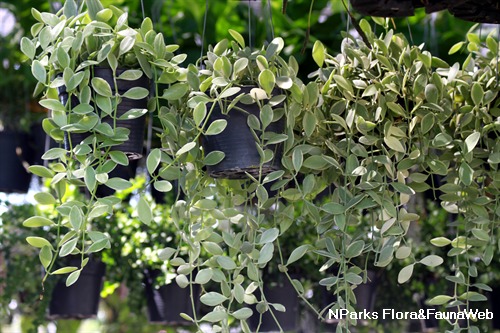
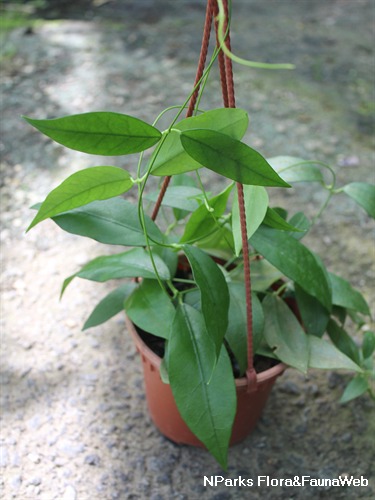
_-pauline_tay.jpg)
